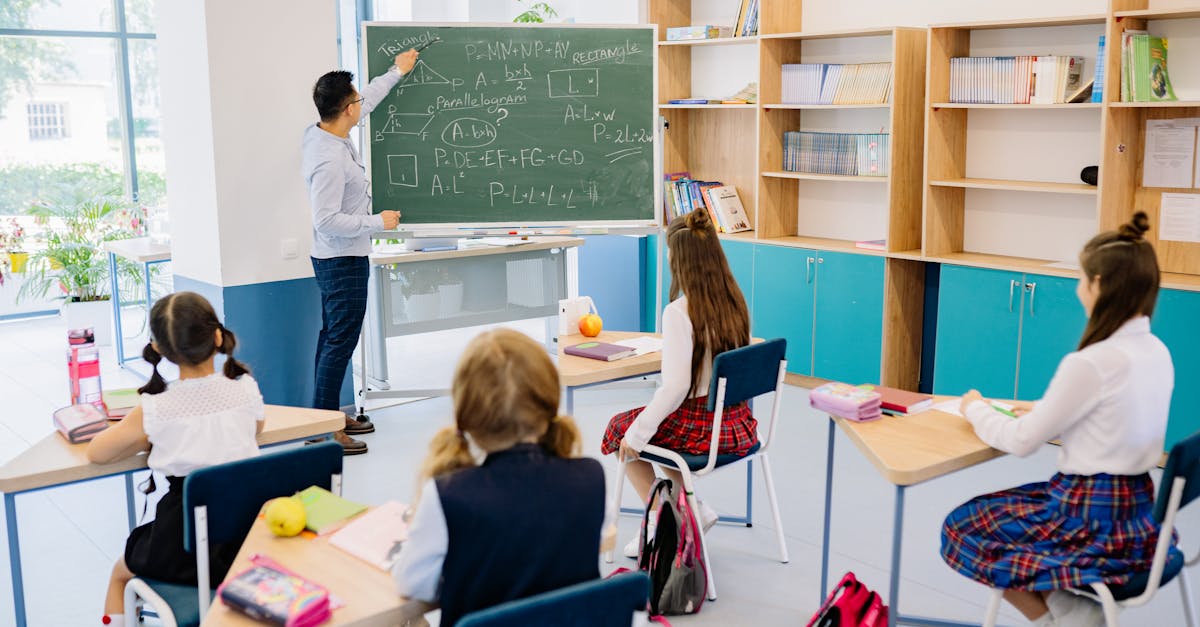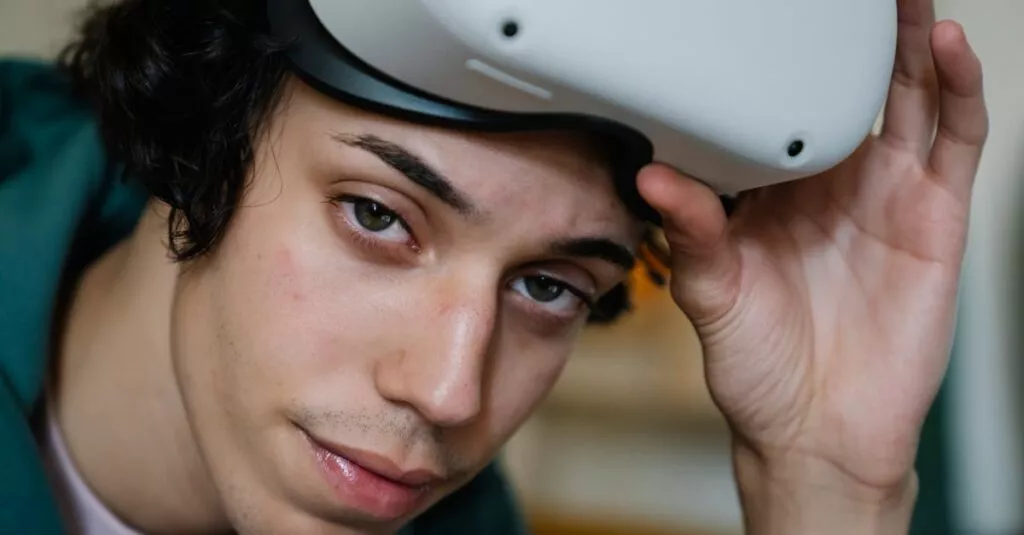Embracing Change: The Rise of AI in Classrooms
Imagine a classroom where every child’s learning path is customized by artificial intelligence. Sounds like sci-fi, right? But it’s closer than you think! AI is transforming early education with personalized learning experiences. It can adapt lessons to fit each child’s needs and pace. And parents, don’t panic; teachers will still play a vital role.
AI tools can help teachers tailor activities to individual abilities, making learning more engaging. However, it’s natural to be cautious about new technology’s impact. Let’s look at the benefits and challenges to see if we’re ready for AI-driven learning in early education.

Whether you see AI as a friend or foe in the classroom, its rise is inevitable. By weighing the pros and cons, we can ensure that AI enriches the educational experience without overshadowing the human touch. Are you prepared for a future where technology is not just a tool, but a co-creator in the classroom?
How AI Can Personalize Learning for Young Kids
AI can make learning as unique as your child’s fingerprint. Imagine lessons designed around what your kiddo loves and excels at! AI can analyze how children interact with content and adjust lessons accordingly. If your child struggles with reading but loves math, AI can offer extra support in reading while keeping math exciting.
By identifying areas where a child might need more help, AI helps teachers provide targeted support. This personalized approach keeps kids motivated and confident in their abilities. And let’s be honest, who wouldn’t want a digital assistant to make homeschooling a tad easier?

Balancing Screen Time and Playtime
We’ve all worried about too much screen time. So, how do we balance AI learning with traditional play? First, AI can offer engaging, interactive content that can be more enriching than passively watching TV. Kids can use AI to explore subjects in fun, dynamic ways.
However, it’s crucial to ensure they still have plenty of time for physical play, social interactions, and using their imagination. Think of AI as a helpful tool, not a substitute for real-world experiences. Set boundaries for screen time to maintain a healthy, balanced routine for your child.
 Key Points:
Key Points:
- AI can provide engaging and interactive learning experiences.
- Physical play, social interactions, and imaginative activities are essential for child development.
- Set limits on screen time to ensure a balanced routine.
Addressing Parental Concerns and Misconceptions
Parents, it’s okay to have concerns about technology in education. Will AI replace teachers? Is it safe for kids? These are valid worries. Let’s address them.
First, AI is a tool that supports—not replaces—teachers. It helps them by managing repetitive tasks, giving them more time to focus on students.
Regarding safety, developers prioritize creating kid-friendly AI with robust privacy protections. Yet, staying informed and asking questions remains crucial.
Talk to educators about how they’re integrating AI in the classroom. Understanding its role can ease fears and help you feel more comfortable about AI-driven learning.

Preparing Teachers for the AI Revolution
Teachers are the heroes in introducing AI to the classroom. But how can they prepare for this shift? Continuous training and professional development are key. Teachers need to understand how to use AI tools effectively to benefit students.
Schools should support educators with resources and ongoing training. Seeing AI as a partner rather than a competitor can help ease the transition. When teachers feel confident in using AI, they can harness its potential to enhance learning. So, a big shout out to all educators braving this new frontier—you’ve got this!

Embracing AI in education requires educators to adapt and evolve, and with the right support and mindset, they can lead the way in preparing students for the future.
The Future of Education: What’s Next?
So, what’s next in the world of AI and education? We can expect more interactive and immersive AI-driven experiences. Virtual and augmented reality could become regular classroom tools. Imagine your child exploring ancient civilizations or the solar system right from their classroom!
AI will continue to evolve, offering even more personalized and engaging learning methods. It’s an exciting time to reimagine education. Let’s stay curious, supportive, and proactive in preparing our kids for this new era. Who’s ready to jump into the future of learning together?

